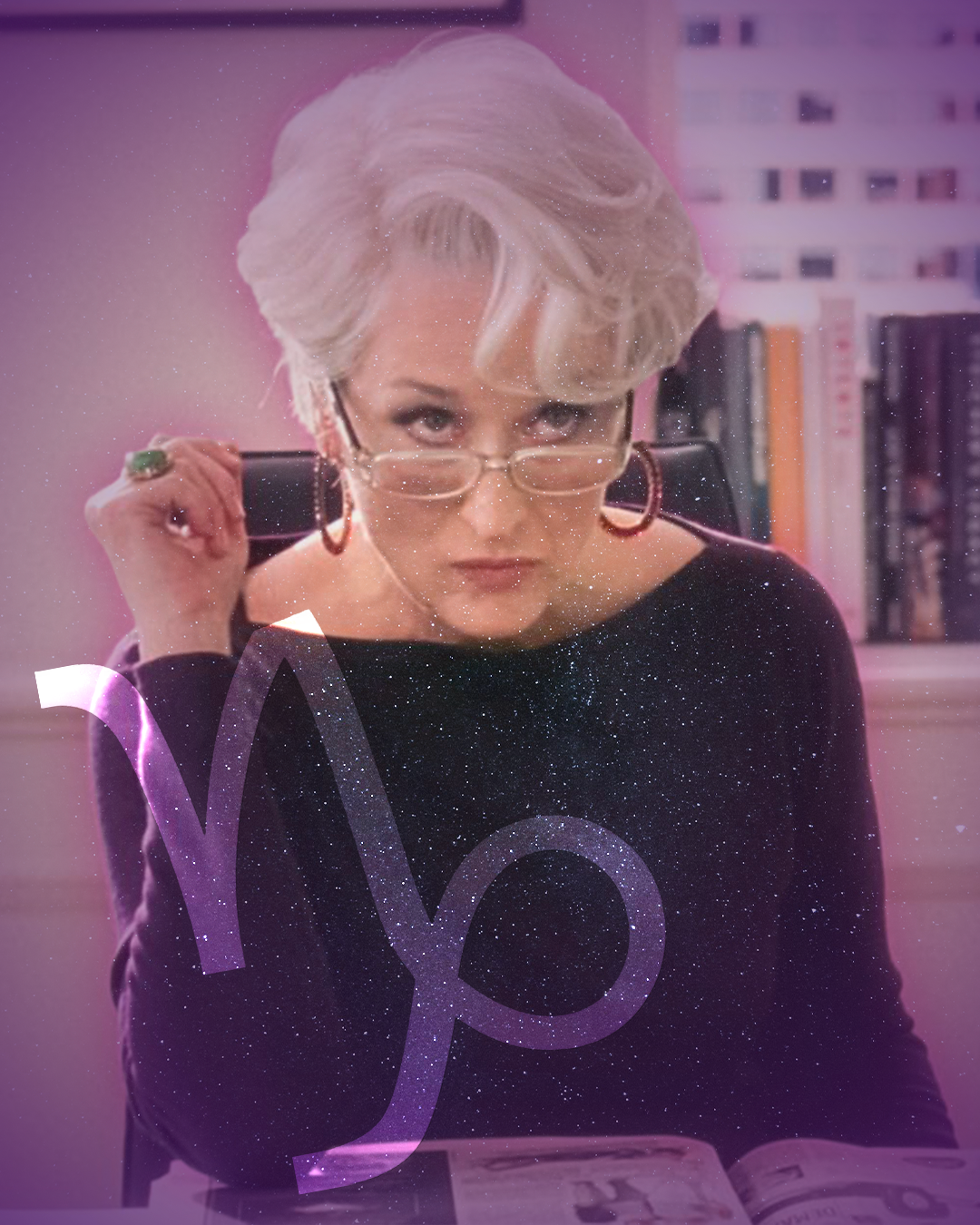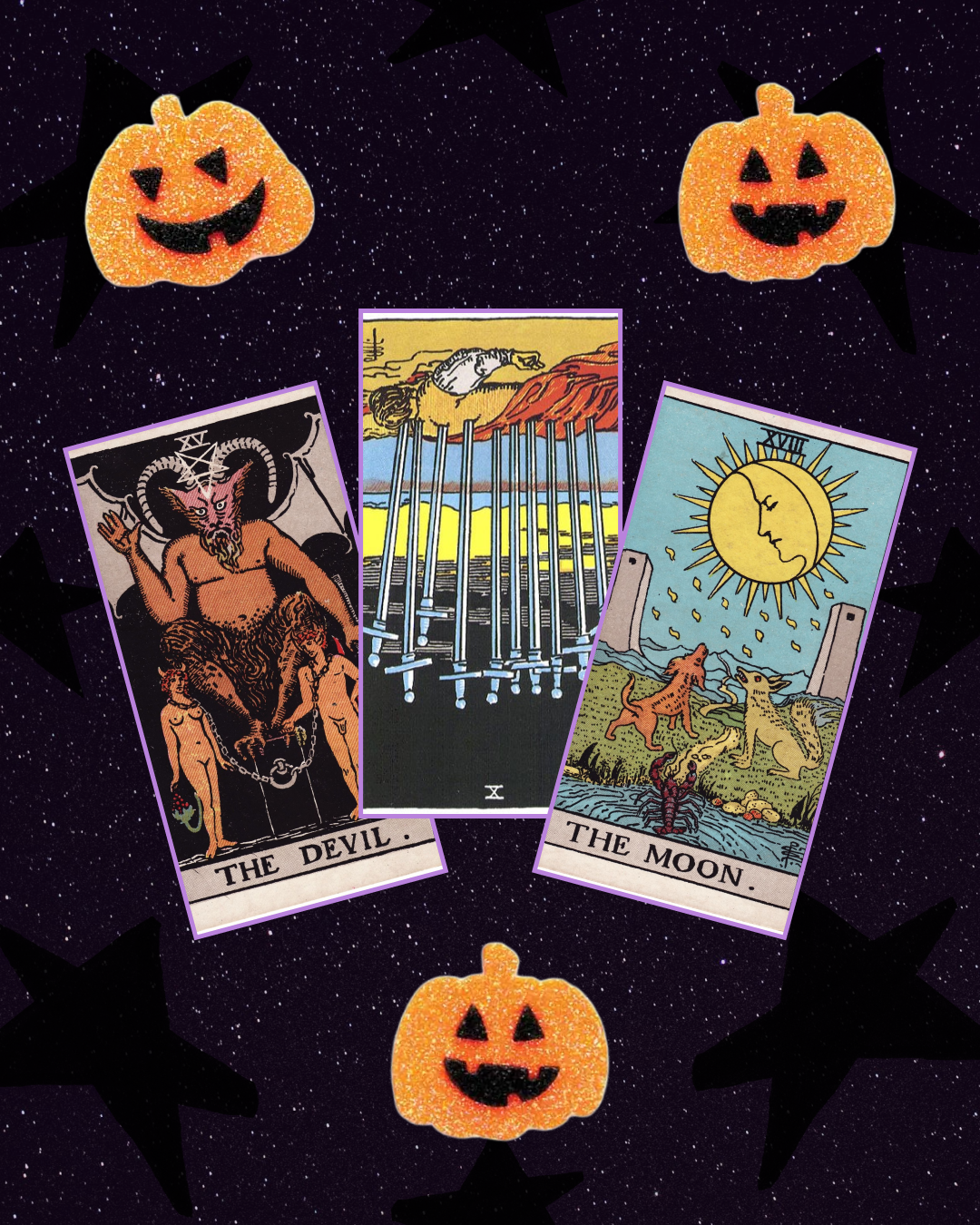
Brief history of the Salem witch trials How fear of the evil one turned into mass hysteria that claimed many innocent victims
"Thou shalt not suffer a witch to live," reads Exodus. And for more than four centuries, many obeyed this order, blindly believing in the existence of dark presences that acted on behalf of the devil and had, therefore, to be hunted down and killed. Thousands of women (as well as men and animals) were accused of serving the Evil One and immolated in the name of God, committing a senseless slaughter that lasted over four centuries and spanned the Old and New Continents. All that was needed to attract suspicion was to have a mole or a particular birthmark; to keep some milk or butter gone bad in the house; to be a beggar, an adulteress or simply to be unsociable. It soon became apparent that witchcraft had become the most practical expedient to eliminate outcasts and inconvenient women who, by transgressing the "natural" laws of marriage and their community, dared to question the socio-economic system.
Spells and curses were already forbidden in ancient Rome as well as in the medieval communes, but it was not until 1300, when the Church compared witchcraft to heresy, that the idea that those who practiced it were a threat to the world to be eradicated at all costs became widespread. Two important texts gave the final push: the letter Summis Desiderantes Affectibus of 1484, in which Pope Innocent VIII admitted the existence of witches, and the Malleus Maleficarum, a veritable manual on how to recognize, put on trial and put to death a witch, which was based on the belief that women were naturally inferior and naturally evil, and therefore much more susceptible to the temptations of the devil. The book written by the Dominican preachers Heinrich Institor Kramer and Jacob Sprenger, with its concentration of misogyny and homophobia, became the reference work used by Catholic and Protestant courts during witch hunts, even in the famous Salem witch trials.
A powder keg ready to explode
In 1692, more than two hundred people were accused of witchcraft in Salem. Quite an impressive number for a small New England village. But how did such mass hysteria come about? The causes are to be found in the socio-historical context. The rural community of Salem had arrived in New England for less than a century and was still considered by the natives as invaders, which generated constant clashes between the two factions. They were also dealing with the aftermath of a British war with France in the American colonies in 1689, a recent smallpox epidemic and a long-standing rivalry with the wealthier Salem Town community. Add widespread xenophobia and Puritanism's obsession with Satan's presence on earth and you have a powder keg ready to explode. The final spark was given in January 1692 by the bizarre behavior of Elizabeth Parris and Abigail Williams, respectively the daughter and granddaughter of Pastor Samuel Parris. The two girls, who were 9 and 11 years old, began to have seizures during which they would convulse, writhe, make strange noises and scream uncontrollably. The local doctor ruled that it was diabolic possession and the hunt for the culprit was on. Elizabeth and Abigail (along with other older members of the community) accused Tituba, a Caribbean slave owned by Parris himself; Sarah Osborne, an elderly and infirm woman; and Sarah Good, a homeless beggar woman who spoke to herself.
Witch hunt begins
Starting in March, the three women were brought before local magistrates and interrogated for several days. Despite pressure and torture, Osborne pleaded innocence, as did Good. But Tituba confessed. "The devil came to me and asked me to serve him". She said, giving extensive details of a "tall man with white hair and a dark coat" who wanted her to sign his book and ordered her to harm the girls or he would kill her. Hoping to be pardoned, the slave girl declared that Osborne and Good were her accomplices and that there were many other witches trying to destroy the Puritans. From that moment on it was chaos. The seed of paranoia spread throughout Massachusetts and in Salem, they continued to arrest alleged worshippers of the evil one. Not only marginalized people deemed "problematic", but also church and community members such as Martha Corey and Rebecca Nurse or Sarah Good's four-year-old daughter. On 27 May 1692, Governor William Phips ordered the establishment of a special Court of Oyer and Terminer for the counties of Suffolk, Essex and Middlesex. The first accused of witchcraft brought before the special court was Bridget Bishop, an elderly woman known to be a gossip and for her promiscuity. Despite swearing that she was "as innocent as an unborn child", she became the first person hanged on what was later called Gallows Hill. Five others were hanged in July; five in August; eight in September and others died in prison. Between early 1692 and mid-1693, the period of the Salem witch trials, more than 200 people were accused of practicing witchcraft and 20 were executed.
Conclusion and legacy
After the use of evidence based on dreams or visions lapsed, interest and support for witch hunts waned. Trials were discontinued and in May 1693 a pardon was issued for those still in prison. In January 1697, the Massachusetts General Court declared a day of fasting for the tragedy of the Salem witch trials, but the damage to the community was now irreversible. Beginning in 1700 and for the next ten years, family members of the persecuted petitioned the colonial government to have their good names restored, but it took more than 250 years for Massachusetts to formally apologize for the events of 1692 in 1957. The Salem Trials and the persecution of alleged witches have fascinated many artists over the years, such as Arthur Miller, who inspired the play The Crucible, and it has become ingrained in our imagination thanks to many books and films, from the TV series Salem to the Halloween cult hit Hocus Pocus to Sabrina Spellman's black cat. Even historians and scientists still wonder how a kind of mass psychosis could have been triggered. There are many theories. For some, the colonists were poisoned by the alkaloids synthesized by Claviceps purpurea that caused them to hallucinate; others claim it was an attempt to repress and control female sexuality; for others, it was the result of particular political, religious and social tensions.

























































